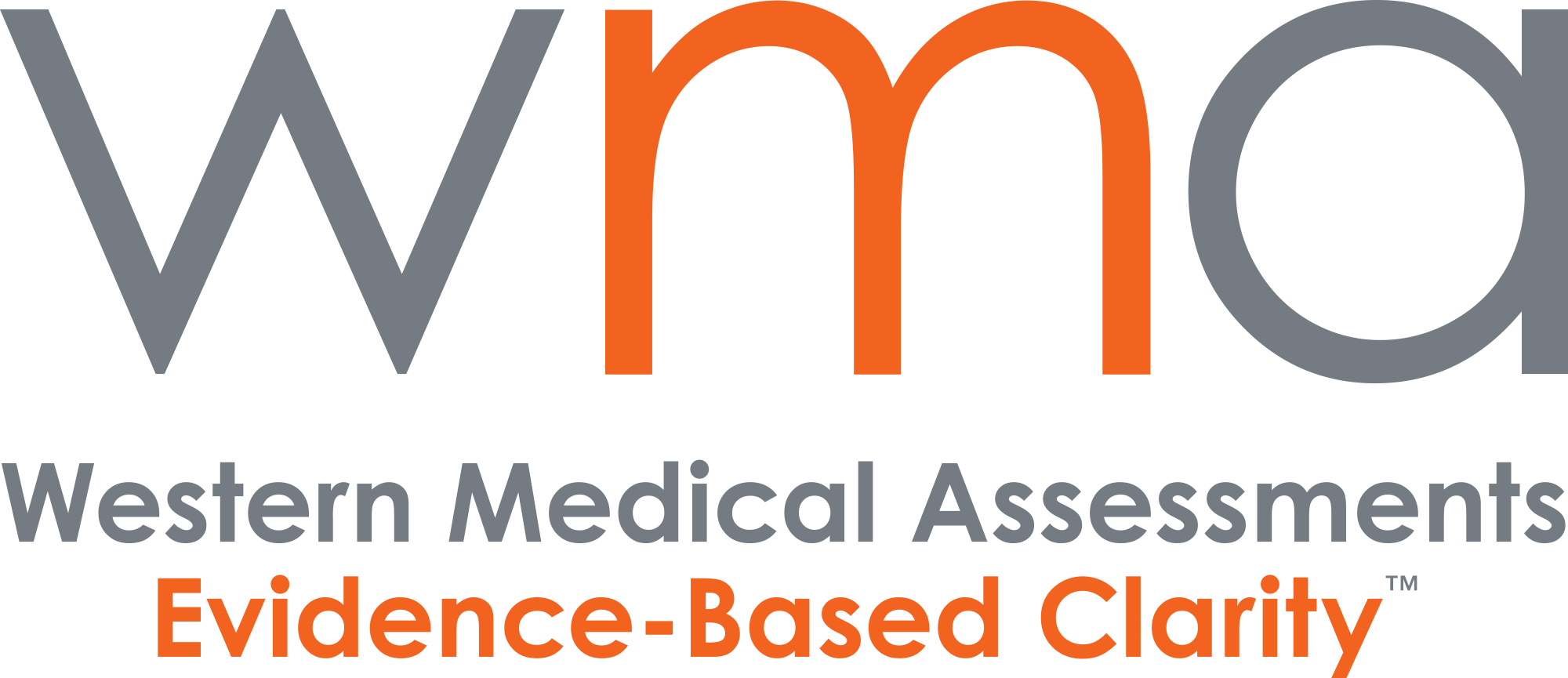Many insurance claims fall into a category of being difficult to reliably evaluate without some additional help. Video surveillance can shed light on some conditions, but it often quite expensive and can still be hard to perceive what’s really going on. Insurers can get assurance by having specialized medical professionals analyze the footage.
Insurance adjusters who deal with claims involving disability, injury, and illness, perform a difficult role. Nobody wants to deny a legitimate claim where a person is rightfully entitled to benefits while they recover and work toward returning to their occupation.
You may have to deny claims that don’t fit the criteria of the policy, or that omit or distort information. But in between those that are plainly approved or denied fall a significant number of claims where it’s difficult to be comfortable that you’re making the right decision.
When denying one of these means potentially dealing with lengthy legal complications such as bad faith claims, insurers need some assurance that they’re making the right decision. Sometimes, that means obtaining video surveillance.
When Insurers Should Consider Video Surveillance
There are many occasions when a claim contains details that aren’t consistent — perhaps with the rest of the claim, or the issue in question, or with your expected outcomes and timelines of the condition.
These don’t necessarily mean that the person should not have their claim approved. They may have simply made an error, or there’s the small percentage that genuinely does have an unusual variance from the norm in terms of recovery time or extent of disability.
You may be able to resolve the issues by obtaining more information and clarification from the individual. But if you still suspect something is amiss, video surveillance is an excellent tool to obtain some hard verification in situations where the condition is claimed to prevent or hinder some obvious activity such as:
- Walking or running
- Neck movements in a safety sensitive occupation
- Endurance
- Playing sports
- Lifting and carrying
- Driving or otherwise operating machinery
- Performing work in accordance with the policy
How Video Surveillance Helps Insurers Make the Right Decision
If you suspect a claimant is capable of performing some activity they’re claiming they’re unable to, video surveillance can shed some light upon what’s really going on. Clearly, if your claimant says they’re unable to work, some footage of them working anyhow will simplify your decision-making.
Sometimes an injury might be a matter of degree. Perhaps they’re capable of walking, but claim they can only do so with crutches. Their job may involve heavy lifting, but that doesn’t necessarily mean they can’t carry grocery bags. Understanding exactly what’s going on might still be a matter of some subtlety.
Seize Assurance with WMA’s VISAR service (Video Surveillance Analysis Report)
The answer? Have a qualified medical expert review and analyze your footage compared to the claimed disability and the job description. You may not always be able to get the full picture when an individual knows they’re being examined, but having an expert evaluate how they’re behaving as they’re going about their life can provide that extra level of assurance that the condition does exist. Or that it might not. If you’d like to have your surveillance footage expertly analyzed by a physiotherapist, get in touch with Western Medical Assessments.
We’ve handled tens of thousands of claims involving insurance and disability matters and have access to an immense network of medical professionals from every specialty. Our Medical Director Dr. Roger Hodkinson is always available for a quick, no obligation chat at +1 780 433 1191.
Want to get started with some great content we’ve developed strictly for insurers? Disability insurers can get information on how Independent Medical Evaluations help them make better decisions right here. Motor vehicle accident insurer? You should start here.

